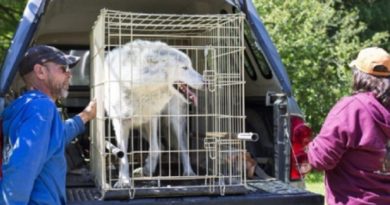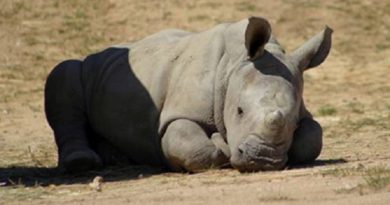A Rare Golden Mole Recorded Above Ground (VIDEO)
Last week, farmers in Western Australia had a rare opportunity to notice the shiny golden mole, in one of his extremely rare overhead expeditions and luckily managed to record it.
This golden mole called karrkaratul (Notoryctes caurinus) rarely seen, and according to reports seen only 5 to 10 times over 10 years.
As explained biologist Joe Benshemesh from La Trobe University for “Australian Geographic” in 2010, this mole is one of the few mammals that can spend entire life underground. Mole is blind, has a strong nose and forehead and strong forelimbs that allow easy digging.
Feed on insects and larvae are fairly small – weighing about 40 to 60 grams. They have exceptionally low oxygen demand, which means it can survive breathing the air that passes between the grains of sand.
Unlike most mammals underground, this makes mole tunnels living conditions through which it moves. Instead, he digs the tunnel while moving, making a hole in front sandy land with its front legs in the form of blades and pushing excavated sand behind rear legs. At the same time, it pushes its tubular body a few inches forward, explains Benshemesh.

This action can be nicely seen in the video below, which last week recorded rangers Kivirkura.
This seems like hard work, but Banshemesh says these moles have a particular strategy on how to save energy.
“Although their unusual form of movement is slow and difficult, it seems that they are tuned to a frugal life and saving energy and resources by and allow their body temperature to reflect that of the surrounding sand, how to reptiles.”
Rangers spotted this little mole on the ground while filming a documentary in the area.
Known are two kinds of moles: karrkaratul (Notoryctes caurinus), who lives in the deserts of Western Australia and itjaritjari (Notoryctes typhlops), who lives in central Australia.
Researchers are not yet sure whether these remarkable little creatures are seen so rarely because all the time living underground or because they are only a very small number of them.
Otherwise, so far both have the status of endangered animals until they get a better insight into their numbers.


